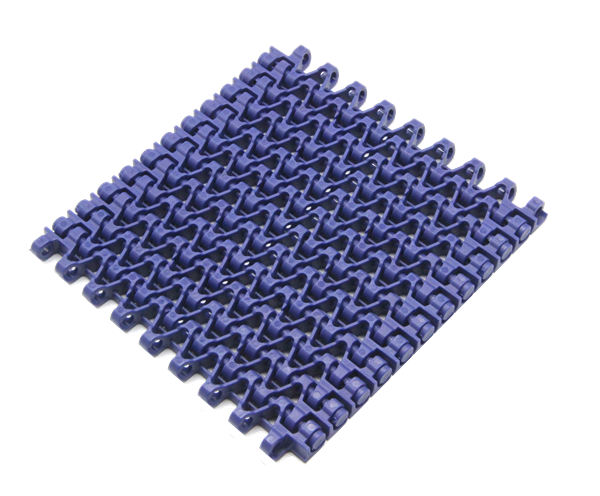What is the Difference Between Rubber Hose and Composite Hose?
In the vast landscape of industrial hoses, two materials stand out for their unique properties and widespread applications: rubber hose and composite hose. While both serve essential roles in fluid transfer, each possesses distinct characteristics that make them suited to specific industries and operating conditions. This article delves into the technical differences between rubber hose and composite hose, exploring their functional components, advantages, and future potential.
Hoses are integral components in various industries, from petrochemicals to agriculture, transporting fluids efficiently and safely. The choice between rubber and composite hoses often hinges on factors such as durability, chemical resistance, temperature tolerance, and flexibility. Understanding these differences is crucial for selecting the most appropriate hose for a given application.
Rubber Hose: Flexibility and Versatility
Rubber hoses are made from natural or synthetic elastomers, renowned for their exceptional flexibility and conformability. They come in a wide range of sizes, constructions, and reinforcements, making them versatile for a multitude of tasks. Key features include:
Flexibility: Rubber's inherent elasticity allows for easy maneuverability in tight spaces and around obstacles.
Abrasion Resistance: Reinforced rubber hoses can withstand significant wear and tear, particularly useful in abrasive environments.
Temperature Tolerance: Depending on the rubber type, these hoses can withstand a broad range of temperatures, from cryogenic to moderately high heat.
Cost-Effective: Generally more affordable than composite hoses, making them a popular choice for budget-conscious applications.
Composite Hose: Strength and Durability
Composite hoses, on the other hand, combine multiple layers of materials to achieve unparalleled strength, durability, and chemical resistance. Typically consisting of an inner liner, reinforcement layers, and an outer jacket, they excel in harsh environments:
Further reading:How to Choose OEM Petroleum Gasoline Oil Rubber Delivery Hose?
OEM Petroleum Gasoline vs. Oil Rubber Delivery Hoses: Key Differences
Key Questions to Ask When Choosing OEM Durable Waterproof Gear
How to Choose OEM Abrasion Resistant Sand?
**Ceramic Hose vs. Rubber Hose: Which Is Better for You?**
The Benefits of Using Ceramic Hose for Your Home Gardening Needs
Enhanced Durability: Bulk Wear-Resistant Ceramic Rubber Hoses
Chemical Resistance: The inner liner is often made of fluoropolymers or other highly resistant materials, enabling safe transfer of aggressive chemicals.
High Pressure Capability: Reinforcement layers, often made of aramid fibers or stainless steel, enable composite hoses to withstand extreme pressures.
Lightweight and Flexible: Despite their strength, composite hoses are often lighter and more flexible than metal alternatives, improving handling and reducing fatigue.
Temperature Stability: Many composite hoses can withstand extreme temperatures, making them suitable for demanding applications like steam transfer or cryogenic storage.
Practical Applications and Future Outlook
The choice between rubber and composite hoses ultimately depends on the specific requirements of the application. Rubber hoses are ideal for general-purpose fluid transfer, where flexibility and cost-effectiveness are paramount. Composite hoses, on the other hand, shine in demanding environments requiring high pressure resistance, chemical compatibility, or lightweight design.
As industries continue to evolve, the demand for hoses that balance strength, flexibility, and cost-effectiveness will grow. Advances in materials science and manufacturing techniques promise even more durable, efficient, and environmentally friendly hose solutions. Whether it's refining the properties of rubber compounds or developing innovative composite layers, the future of hose technology looks bright.
Conclusion and Action Call
In conclusion, rubber hose and composite hose each offer distinct advantages, tailored to meet the unique challenges of various industries. By understanding the functional differences and practical applications of these two hose types, businesses can make informed decisions that optimize their fluid transfer systems. As you consider your next hose purchase, consider the operating conditions, fluid properties, and long-term cost-effectiveness to choose the most suitable solution. Embrace the latest technological advancements and stay ahead of the curve by investing in hose systems that meet both your current and future needs.
The Advantages of Utilizing Bulk Wear-Resistant Ceramic Rubber Hoses
10 Facts You Should Know about 100r3 Hose
How Will En 857 1SC Shape Future Standards?
How to choose between polyethylene and PVC?
Understanding What UPVC Pipe Stands For: A Complete Guide
Top 5 Tips for Efficiently Managing DIN EN 856 4SH Standards
How Can Wire Braided Steam Hoses Improve Your Hydraulic Efficiency?
- Previous: What Are the Advantages of PVC Steel Wire Hose?
- Next: None




